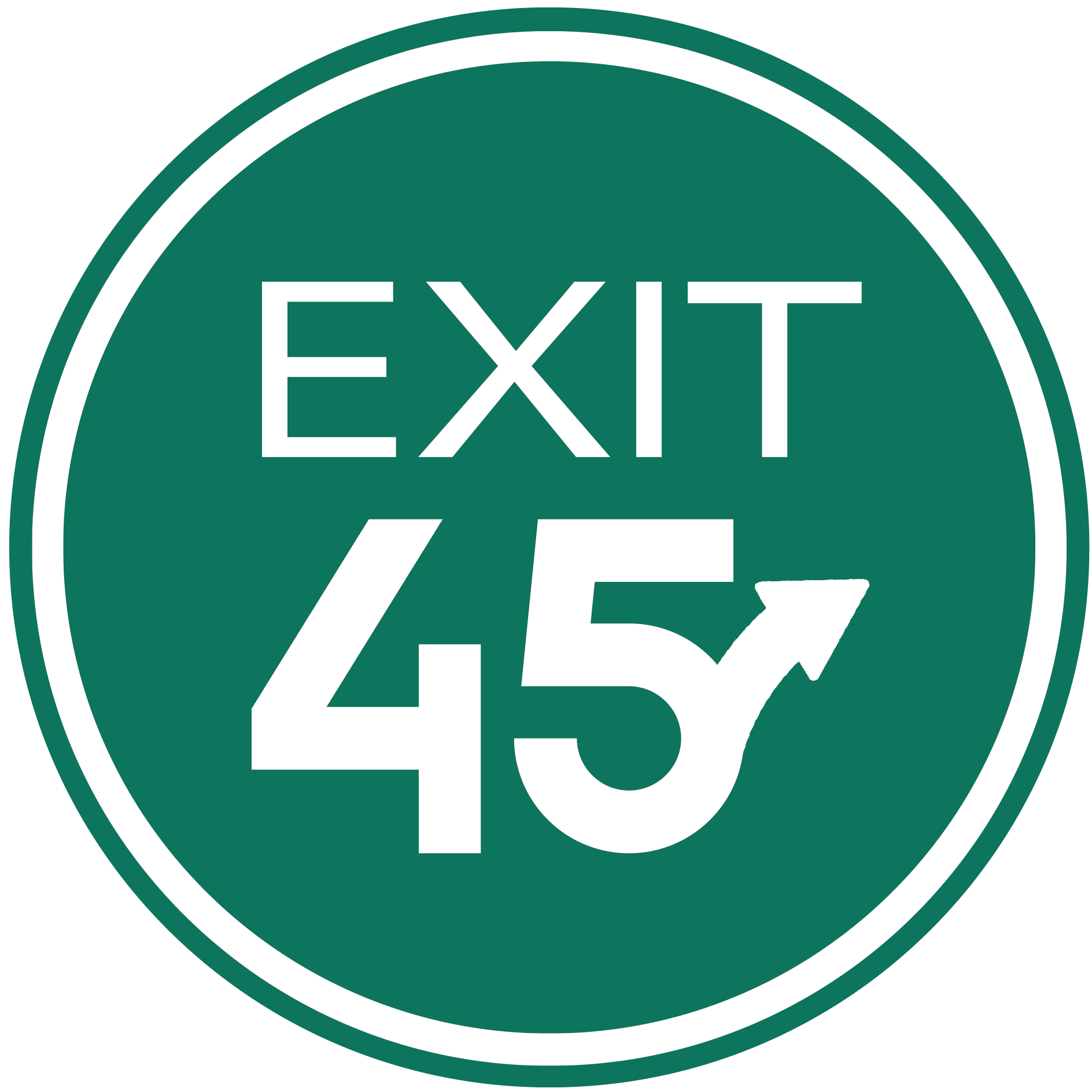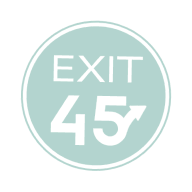A Seller's Discretionary Earnings (SDE) Worksheet
In the last issue (#8), we provided An Example of SDE vs. EBITDA (Earnings Before Interest, Taxes, Depreciation and Amortization) vs. Adjusted EBITDA. In this issue we will provide an example of A Seller’s Discretionary Earnings (SDE) Worksheet.
" He who will not economize will have to agonize." Confucius
A Seller's Discretionary Earnings (SDE) Worksheet
Let’s look at an extreme example of a SDE worksheet for a seller where a lot of normalizing adjustments are required. We’ll try to demonstrate a seller’s presentation of SDE along with how and why buyers and lenders will evaluate SDE.
In this example the seller presents SDE at $251,000, the buyer evaluates SDE at $220,000, but the bank only evaluates SDE at $120,000!
Example - Mr. Husband owns a day care center
In this example Mr. Husband owns a day care center. The corporate tax return shows taxable income (earnings) of $20,000, interest expense of $6,000, state income taxes of $1,000 recorded in the taxes and licenses account, depreciation of $14,000, amortization of $1,000 and Mr. Husband is paid an annual salary of $120,000.
Family works in business
His wife works part-time as a bookkeeper but is not paid for her efforts (assume a buyer would have to pay someone $15,000/year to replace the wife’s effort as a part-time bookkeeper). Daughter #1 is a child care worker but is paid excessively at $60,000/year (assume a buyer would only have to pay someone $25,000/year to replace Daughter #1). Daughter #2 only works during the summer months while attending college, but she is paid a total of $30,000 year-round (assume a buyer would have to pay someone $6,000/year to replace Daughter #2’s three months of work). For purposes of this example, we are assuming the lender will not accept the adjustments for the daughters’ salaries. (Many, if not most lender underwriters will not accept add-backs for salaries being paid, except for compensation paid to the owner.)
Mr. Husband owns the facility personally and is paid rent
Mr. Husband owns the day care facility’s real estate personally and the day care pays him rent of $3,000/month ($36,000/year). However, the fair market value of the rent (the value a buyer of the business would have to pay Mr. Husband as rent on the facility) is $5,000/month ($60,000/year).
Non-recurring sale of an asset
In the current year, Mr. Husband replaced cabinetry throughout the facility and sold the used cabinetry (which was fully depreciated on the business’ books) for $15,000; thus the tax return shows a $15,000 (non-recurring) gain on sale of assets.
Legitimate add-backs to SDE (but lenders question all add-backs)
Other legitimate add-backs to earnings include: owner’s personal benefit from retirement contributions ($12,000); charitable contributions ($2,000) and owner’s health insurance ($5,000). For purposes of this example, we are assuming the lender accepts the retirement contribution as an add-back to SDE, but will not accept the charitable contributions or owner’s health insurance. (Lenders are notoriously tough in evaluating SDE.)
Personal expense add-backs accepted by buyer, but not by lender
Mr. Husband is also running a lot of personal expenses through the business. Lenders will not accept the following adjustments and buyers will require proof of the expenditures: Golf club membership ($12,000 recorded to dues and subscriptions), NFL season tickets ($2,000 recorded to travel and entertainment), cruise with spouse ($5,000 recorded to travel and entertainment), personal residence housecleaning ($3,000 recorded to cleaning expense), new garage door for personal residence ($2,000 recorded to repairs and maintenance), and painting in personal residence ($10,000 recorded to repairs and maintenance). In this example, we are going to assume the buyer accepts these adjustments.
Personal expense add-backs not accepted by either buyer or lender
Mr. Husband is also running a lot of personal expenses through the business. Lenders will not accept the following adjustments and buyers will require proof of the expenditures: Golf club membership ($12,000 recorded to dues and subscriptions), NFL season tickets ($2,000 recorded to travel and entertainment), cruise with spouse ($5,000 recorded to travel and entertainment), personal residence housecleaning ($3,000 recorded to cleaning expense), new garage door for personal residence ($2,000 recorded to repairs and maintenance), and painting in personal residence ($10,000 recorded to repairs and maintenance). In this example, we are going to assume the buyer accepts these adjustments.
Unrecorded cash transactions
In addition, the day care center provides services to two families in Mr. Husband’s neighborhood for half-price, but those neighbor families pay in cash which is never recorded on the day car center’s books ($12,000/yr of unrecorded cash). Lenders definitely will not accept unrecorded cash transactions, nor will most prospective buyers.
Following is the SDE normalization as Mr. Husband would like to represent it, as a buyer might evaluate SDE and as a lender might evaluate SDE:
| SDE per seller | SDE accepted by buyer | SDE accepted by lender | |
| Earnings (Net Income) | $20K | $20K | $20K |
| Before... | |||
| Interest Expense | 6K | 6K | 6K |
| Taxes (state only) | 1K | 1K | 1K |
| (net income before federal taxes) | |||
| Depreciation | 14K | 14K | 14K |
| Amortization | 1K | 1K | 1K |
| Total of EBITDA | 42K | 42K | 42K |
| Add: Officer's Compensation (100%) | 120K | 120K | 120K |
| Add: Wife's Compensation | 0K | 0K | 0K |
| Less: Impute salary to replace Wife | (15k) | (15k) | (15k) |
| Add: Daughter #1 Compensation | 60K | 60K | 0K |
| Less: Impute salary to replace Daughter #1 | (25k) | (25k) | 0k |
| Add: Daughter #2 Compensation | 30K | 30K | 0K |
| Less: Impute salary to replace Daughter #2 | (6k) | (6k) | 0k |
| Add: Rent being paid currently | 36K | 36K | 36K |
| Less: Impute FMV of rent (60k) | (60k) | (60k) | (60k) |
| Less: Gain of sale of assets (non-recurring) | (15k) | (15k) | (15)k |
| Add: Owner's personal benefit from retirement contributions | 12K | 12K | 12K |
| Add: Charitable Contributions | 2K | 2K | 0K |
| Add: Owner's Health Insurance | 5K | 5K | 0K |
| Add: Golf club membership | 12K | 12K | 0K |
| Add: NFL Season tickets | 2K | 2K | 0K |
| Add: Cruise with spouse | 5K | 5K | 0K |
| Add: Residential housecleaning | 3K | 3K | 0K |
| Add: Residential garage door | 2K | 2K | 0K |
| Add: Residential painting | 10K | 10K | 0K |
| Add: Family cell phone | 3K | 0K | 0K |
| Add: Family food purchases | 4K | 0K | 0K |
| Add: Family restaurant meals | 4K | 0K | 0K |
| Add: Family auto repairs | 3K | 0K | 0K |
| Add: Family gas expenses | 5K | 0K | 0K |
| Add: Unrecorded cash revenues | 12K | 0K | 0K |
| Total Seller's Discretionary Earnings (SDE) | 251K | 220K | 120K |
| SDE per seller | SDE accepted by buyer | SDE accepted by lender | |
Seller valuation = $753,000 ($251K x 3.0 multiple)
Buyer valuation = $627,000 ($220K x 2.85 multiple))
Lender valuation = $324,000 ($120K x 2.7 multiple))
Wow! The same set of numbers result in significantly different SDE evaluations. Under this scenario, using the appropriate multiples, the seller feels the business is worth $753,000 (3.0 multiple), the buyer feels the business is worth $627,000 (2.85 multiple) and the lender only values the business at $324,000 (2.7 multiple)! The seller has a definite problem!
We’ll continue analyzing this scenario in the next newsletter.
"Rule No.1: Never lose money. Rule No.2: Never forget rule No.1." Warren Buffett
Overcome the Power of Inertia
Overcome the Power of Inertia and call a business broker for a free consultation. Many brokers offer no-charge, no-obligation evaluations of small businesses. They can provide a broker opinion of value and help you identify obstacles to a successful sale as well as opportunities for improvement to increase the value of your business. That is a great way to start planning for a successful and profitable exit from your business.

